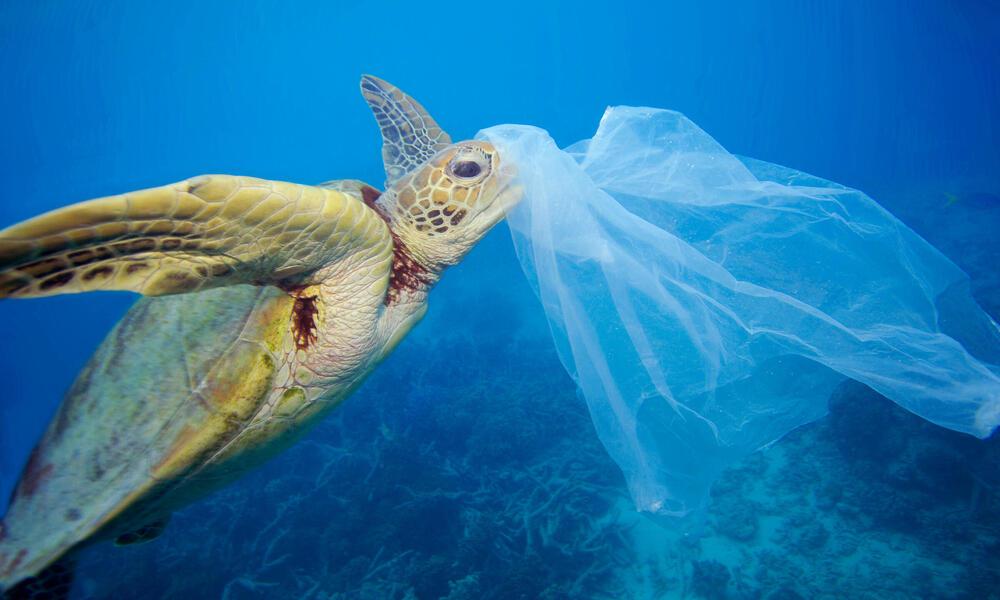The Reality of Plastic Consumption by Animals
Many animals are not able to distinguish plastic from food. Stray animals like cows, dogs, and goats often forage through garbage heaps near roadsides. In their search for food, they end up consuming plastic bags, wrappers, and packaging materials. Similarly, wild animals such as deer, elephants, and birds may eat plastic that is scattered in forest areas or along highways that cut through natural habitats.
Facts and Statistics:
According to a study published in the journal Science, over 90% of seabirds have plastic in their stomachs.
In India, the National Green Tribunal has reported that nearly 50% of stray cattle in urban areas suffer from health issues caused by ingesting plastic.
A report by the World Wildlife Fund (WWF) states that animals that ingest plastic suffer from intestinal blockage, malnutrition, and internal injuries, often leading to death.
In 2020, veterinarians in Uttar Pradesh removed over 70 kilograms of plastic waste from a cow’s stomach, highlighting the extent of the issue.
Steps To Protect Animals from Plastic Consumption:
1. Ban Single-Use Plastics: Governments should enforce bans on items like plastic bags, straws, and cutlery.
2. Educate the Public: Awareness campaigns can help people understand the dangers of littering and promote responsible waste disposal.
Support Animal Welfare Organizations: These groups work to rescue and treat animals affected by plastic and often conduct clean-up drives.

